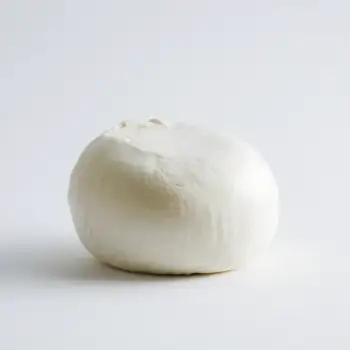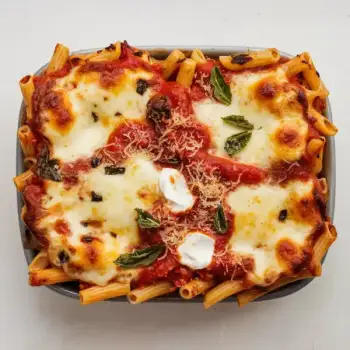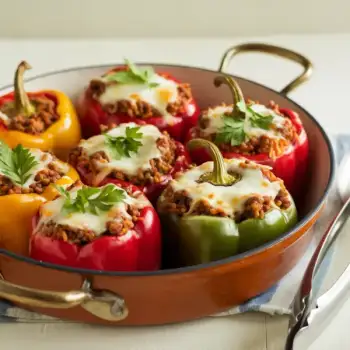


Burrata
A variant of mozzarella that's fresh and creamy on the inside, with a soft shell of mozzarella on the outside, often served in salads or as a fresh appetizer.
Fresh Mozzarella
Soft, white cheese usually sold in ball form, stored in brine or whey to maintain moisture and freshness.
Smoked Mozzarella
Infused with a smoky flavor, this variety is smoked over wood chips and adds a unique taste to dishes.
Low-moisture Mozzarella
Drier and denser than fresh, often sold in blocks or pre-shredded, ideal for pizza and baking due to its superior melting qualities.




Burrata: BelGioioso, Di Stefano
Fresh Mozzarella: BelGioioso, Galbani
Smoked Mozzarella: Caciocavallo, Scamorza
Low-moisture Mozzarella: Polly-O, Sargento

Baking: Mozzarella is commonly used as a topping for pizzas and casseroles. Bake at a high temperature to achieve a golden, bubbly surface without overcooking the base of the dish. The broiler can be used briefly at the end for extra browning.
Grilling: Fresh mozzarella can be grilled to add a smoky flavor. It should be sliced thickly and grilled over medium heat until just marked and beginning to melt. It's perfect for adding to salads or served with a drizzle of olive oil.
Stuffing: Mozzarella can be used to stuff meats or vegetables, providing a creamy, gooey filling once cooked. Ensure the mozzarella is encased well to prevent it from leaking out during the cooking process.













